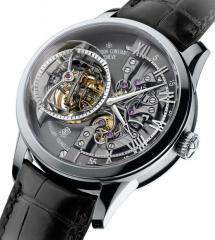AS1903 train assembly problem
-
Recently Browsing
- No registered users viewing this page.
-
Topics
-
Posts
-
If you got to balancestaffs .com and select Unitas 285 you get the following. The other option is to look at the Ronda Staff Catalogue which chows it as a 3674.
-
Let us know how you get on, not price obviously but just if you purchase & any help with using it if you are unsure about anything
-
Thanks both, I understand completely your reservations. I just don't always understand the differences in quality and completeness on eBay and did not want to rip of this gentleman. But I will make an honest suggestion. Thanks for all your guidance here.
-
Now go on to balancestaff.com, select universal and scroll down to universal linge 14" find calib 285. This guy sells parts, also diaplays schematic diagram of staffs with list of dimensions for the staff you need. Many material houses in Europe and USA retail watch parts. Good luck
-




Recommended Posts
Join the conversation
You can post now and register later. If you have an account, sign in now to post with your account.
Note: Your post will require moderator approval before it will be visible.